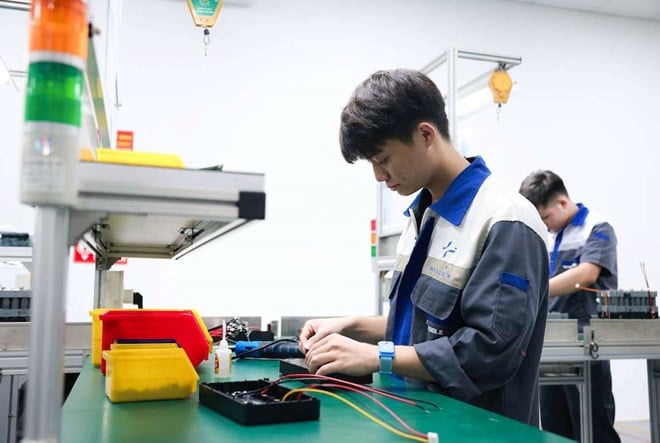
On October 26, 2025, Vietnam and the United States announced the Joint Statement on the Framework for a Reciprocal, Fair and Balanced Trade Agreement on the sidelines of the ASEAN Summit in Kuala Lumpur.
Accompanying this are the “billion-dollar” numbers revealing new motivations such as 50 Boeing aircraft worth over 8 billion USD, 20 agricultural memorandums of understanding worth over 2.9 billion USD, and especially the signal that the United States will adjust the “reciprocal tax” imposed on Vietnam from 46% to 20% from August 1, 2025 according to the President’s decree.
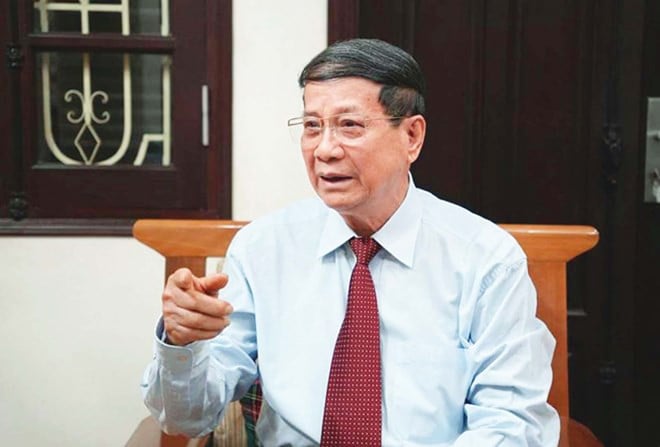
Read the right "signals" from the market
In the first 9 months of 2025, the US continued to be Vietnam's largest export market with a turnover of 112.8 billion USD, affirming the openness and vital importance of this market. The reciprocal framework is not just a story of tariffs; it is a synchronous adjustment package related to non-tariff barriers, digital trade, services, investment, intellectual property, and sustainable supply chains.
Success or failure now depends on how quickly we raise institutional standards and upgrade business capacity to turn “one-time incentives” into “long-term advantages”.
First, it is necessary to prioritize the stability of the supply chain. The message of “resilient supply chains” in the Joint Statement shows that US businesses want to diversify risks and add more links in Southeast Asia. Vietnam has a favorable location, a rapidly developing supporting industry, a skilled workforce and a high level of trade openness. This is a competitive advantage if we soon close the gap in logistics infrastructure, environmental standards, labor and traceability.
Second, the “reciprocal tax” has been reduced but does not mean “default benefit”. The tax reduction from 46% to 20% is a significant step forward, but the accompanying conditions (rules of origin, product safety, environmental and labor standards, economic security criteria) will determine the actual advantage.
Third, the digital trade and intellectual property sector will be the measure of “fair reciprocity”. The unification of commitments on digital trade, services and investment, and intellectual property is a positive signal for digital retail, cross-border digital services, and R&D. However, this is also a “runway” that requires Vietnam to adjust its domestic rules of the game (data governance, intellectual property protection, data centers, information security) to be compatible with high standards.
Expected impact by sector: Who benefits, who “must accelerate”?
The contract for 50 Boeing aircraft (>8 billion USD) not only increases the fleet capacity but also brings along a cluster of technical services, maintenance, pilot training, and aviation finance. The opportunities are technical logistics (MRO) and training of high-quality human resources; the challenges are safety standards, capitalization, and risk management of exchange rates and interest rates when borrowing to lease aircraft.
For agriculture and food, the USD 2.9 billion agricultural MoU opens the door to fruits, seafood, wood, and spices if they meet traceability, residue and quarantine requirements. Priority should be given to growing area codes, digital quality management systems, and cold logistics to shift from “raw sales” to “standard sales – deep sales”.
For the textile, footwear, and electronics industries, reduced reciprocal tariffs help improve profit margins in closely competitive segments. However, pressure on rules of origin (yarn-forward, localized key components) and sustainability standards is increasing. Businesses need a program to “reverse the cost structure” (energy saving, supply optimization, automation) and ESG investments to avoid being eliminated from the chain.
For the digital services industry - e-commerce, when the two sides discuss in depth about digital commerce, the market opens up for cross-border services, data centers, cloud computing, digital content. The advantage will belong to businesses that soon standardize data protection, security, anti-fraud, and content management according to high standards.
6 tips to turn incentives into long-term advantages
The “counterpart” policy risk is a two-way street. If Vietnam does not improve non-tariff barriers (procedures, inspections, specialized management), the partner side may tighten or adjust measures – especially when trade disputes arise.
To turn incentives into long-term advantages, specific solutions are needed. First is synchronous institutional leverage. It is necessary to review and simplify non-tariff barriers (specialized inspections, technical standards) in the direction of "multiple recognition of conformity assessment results" with partners. Complete the digital data trade framework (controlled cross-border data flows, security standards, storage) to be compatible with high commitments. Upgrade the intellectual property framework for enforcement, handling of counterfeit goods, copyright infringement, etc.
Establish a compliance corridor for key export enterprises. Build a data portal that complies with standard document templates (ESG, labor, environment, cybersecurity), a library of rules of origin; integrate QR code tracing from raw material areas to logistics. Publish a set of US market risk indexes by industry, updated quarterly.
Design a preferential credit package for technological innovation – automation – ESG, attaching conditions to prove orders and plans to comply with US standards. Expand export credit insurance and derivatives to hedge exchange rates and interest rates for businesses buying/leasing aircraft and importing components.
In particular, Vietnam needs proactive economic diplomacy and regular dialogue. Maintain a quarterly dialogue mechanism between businesses and authorities of the two countries to update regulations, provide early warning of defense measures, and share compliance practices.
Source: https://baoquangninh.vn/dam-phan-thue-doi-ung-viet-nam-hoa-ky-cua-so-co-hoi-moi-phep-thu-nang-luc-thich-ung-3381991.html


![[Photo] Flooding on the right side of the gate, entrance to Hue Citadel](https://vphoto.vietnam.vn/thumb/1200x675/vietnam/resource/IMAGE/2025/10/28/1761660788143_ndo_br_gen-h-z7165069467254-74c71c36d0cb396744b678cec80552f0-2-jpg.webp)
![[Photo] Prime Minister Pham Minh Chinh chaired a meeting to discuss solutions to overcome the consequences of floods in the central provinces.](https://vphoto.vietnam.vn/thumb/1200x675/vietnam/resource/IMAGE/2025/10/29/1761716305524_dsc-7735-jpg.webp)



![[Photo] Hue: Inside the kitchen that donates thousands of meals a day to people in flooded areas](https://vphoto.vietnam.vn/thumb/1200x675/vietnam/resource/IMAGE/2025/10/29/1761738508516_bepcomhue-jpg.webp)


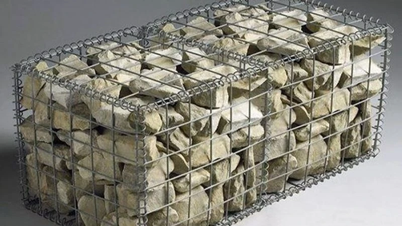

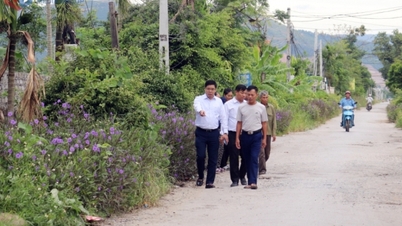


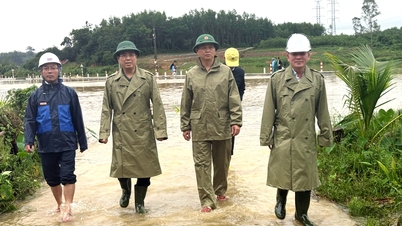









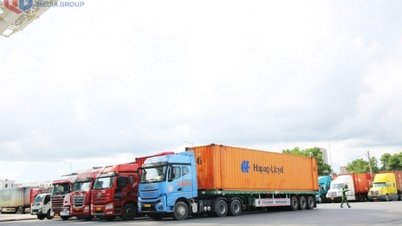






































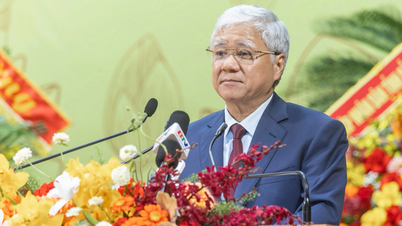
![[Infographic] Vietnam's socio-economic situation in 5 years 2021-2025: Impressive numbers](https://vphoto.vietnam.vn/thumb/402x226/vietnam/resource/IMAGE/2025/10/29/1761730747150_anh-man-hinh-2025-10-29-luc-16-38-55.png)


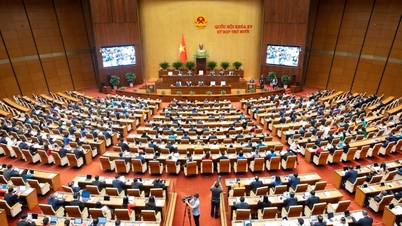
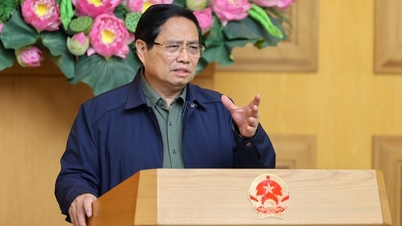
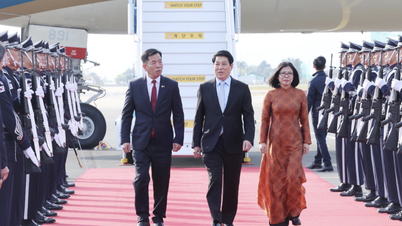

![[Live] Concert Ha Long 2025: "Heritage Spirit - Brightening the Future"](https://vphoto.vietnam.vn/thumb/402x226/vietnam/resource/IMAGE/2025/10/29/1761743605124_g-anh-sang-am-thanh-hoanh-trang-cua-chuong-trinh-mang-den-trai-nghiem-dang-nho-cho-du-khach-22450328-17617424836781829598445-93-0-733-1024-crop-1761742492749383512980.jpeg)

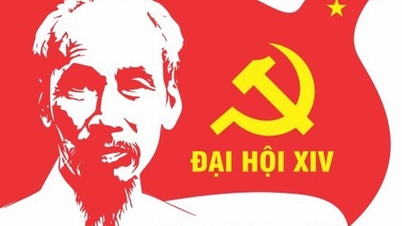
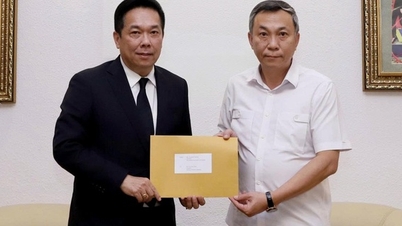

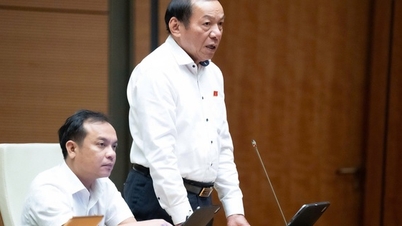
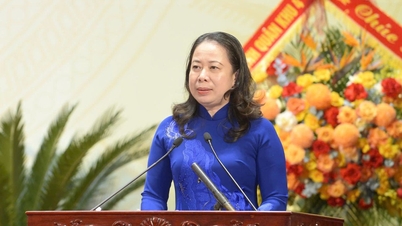

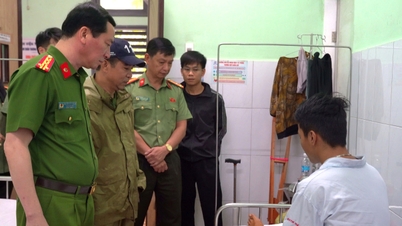

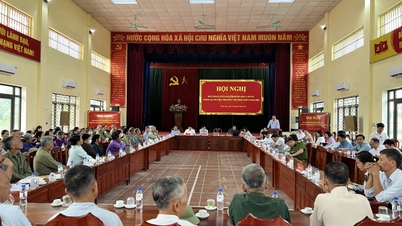
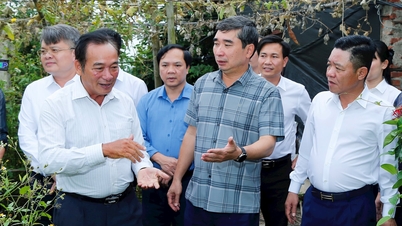



















Comment (0)